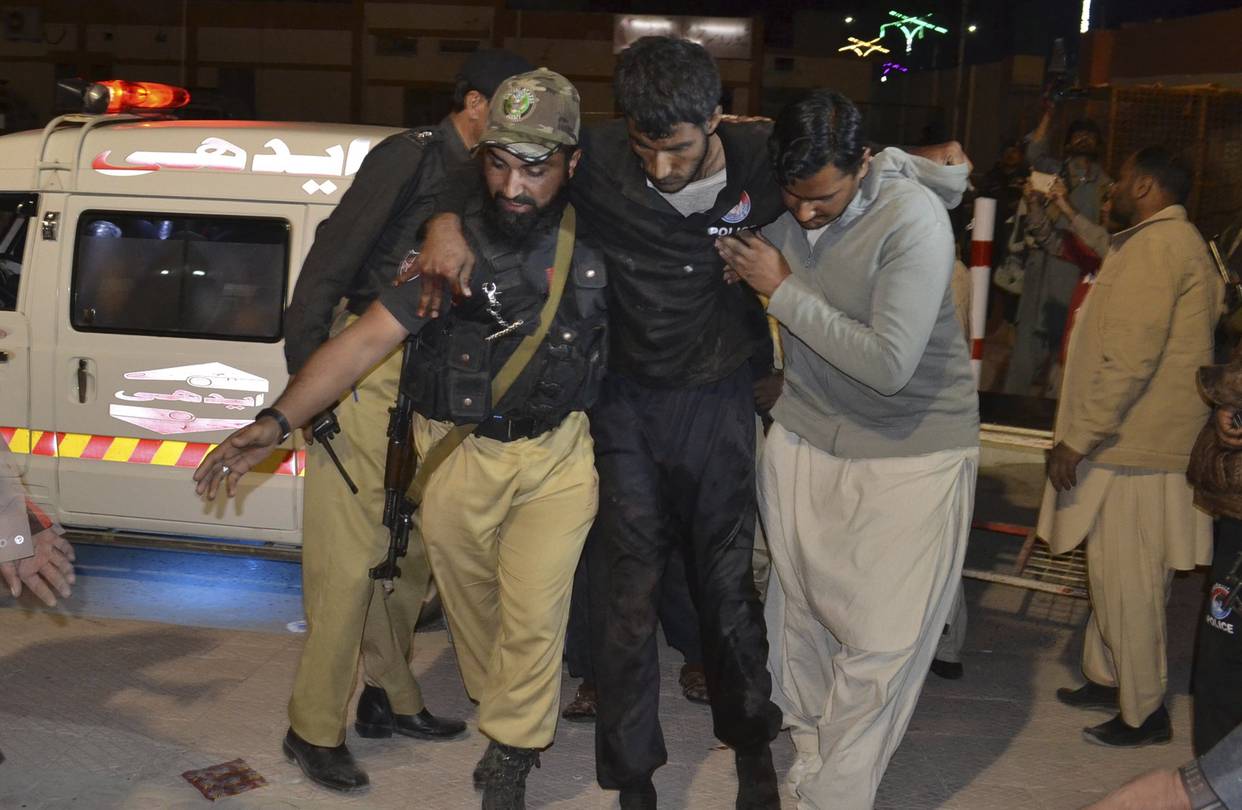
There has long been a debate amongst scholars and analysts on the causes of militancy. In a recent piece, UK-based journalist and author, Owen Bennett-Jones argues that “debate surrounding sources of militancy is complicated by exceptions to general rules. How can masculinity be a factor when some women are drawn to violent jihad? What sense does it make to point to inequality when some militants are from wealthy backgrounds? And as for religious explanations, is it not a fact that, as well as inspiring the Taliban, the Deobandis have organisations such as the Tableeghi Jamaat which are committed to peaceful methods of spreading their message?”
According to Bennett-Jones, “These contentious issues — and the idea that religion is a tool used by powerful elites as a way of getting others to fight on their behalf — lie behind the two main militancy-related phenomena to affect Pakistan in recent years: Talibanisation and sectarianism. In Punjab, the SSP relied on support from urban traders and low-level officials frustrated by the power of Shia landlords. In this sense, the organisation’s apparently religious struggle was in fact an economic one. Similarly, Lashkar-e-Taiba was aware that young men without a future wished to compensate for their powerlessness and lack of social prestige by being remembered as martyrs. That’s why it ensured their sacrifices were recognised in village-level public meetings in which praise was heaped on the martyr in front of the community. As for Talibanisation in the northwest, it relied on the destabilising impact of the flows of money that came from the drug trade, the explosion in remittances from the Gulf and US and Saudi funding of the anti-Soviet mujahideen. With resources going to previously marginalised communities, the traditional patterns of authority started breaking down, a process that reached its climax in the Taliban’s murderous campaign against the maliks (2007-2010). But alongside these socioeconomic factors, the religiosity of ‘martyrs’ shouldn’t be overlooked. Children may attend madressahs because there are no regular schools to go to but if they are unlucky enough to end up in the more extreme ones they are cut off from the outside world and indoctrinated by clerics who teach them that killing ‘kafirs’ will be rewarded in paradise. The growth of Deobandi madressahs in particular has provided an ideological basis for the spread of sectarian ideas. In some cases, the young men who attend these institutions are persuaded they have a duty to fulfil a religious mission and that violence is an acceptable method to advance their cause.”
Further, “Once graduated, the socioeconomic factors kick in once again as these students find themselves simultaneously despised by the Westernised elite that runs Pakistan and alienated from their own village, even their families who are too poor to support them. They are both rootless and angered by their lack of opportunity. There are other issues which encourage radicalisation such as the splintering of groups, often as a result of manipulation by state agencies which promote their various agendas. For example, in the 1980s, at the start of the Kashmir insurgency, the Pakistani state encouraged pan-Islamist groups with links to Pakistan rather than nationalist groups that were more independence-minded. Nearly two decades after 9/11, the world has a far better understanding of the causes of militancy. But that’s not to say that there are simple one-size-fit-all explanations. Socioeconomic factors, religion and manipulation by power elites can all be factors. So when people blame inequality they are right, but it’s only part of the story.”
![]()





